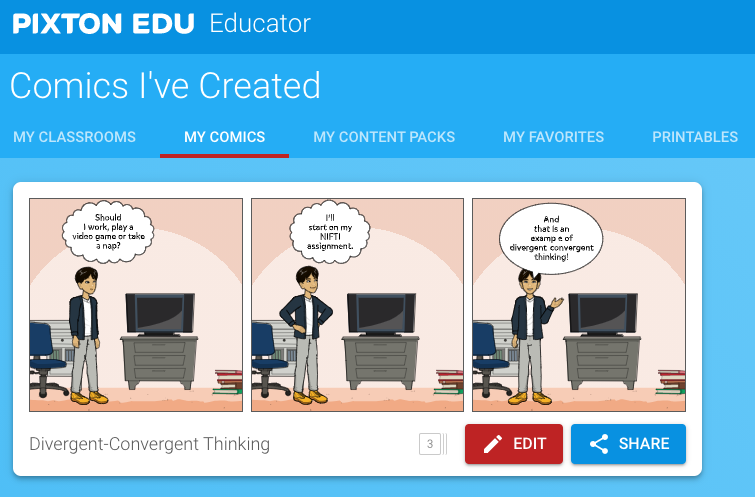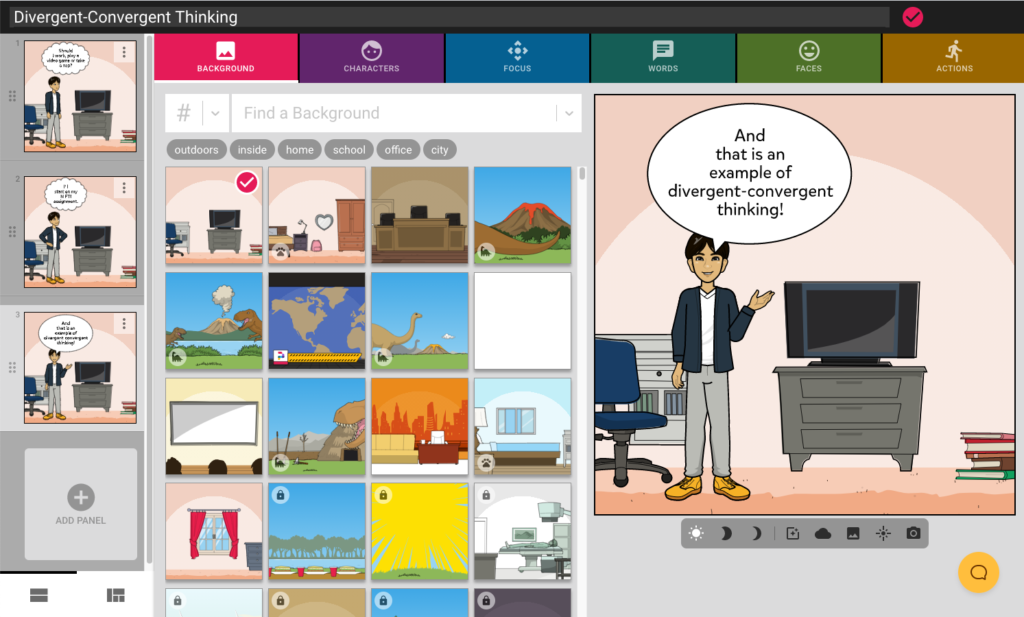Ideas: YCISL & the IB Extended Essay
Thursday, January 21st, 2021I received my IB Diploma in 1981. The Extended Essay was one of the highlights of the program, and it still remains a fixture for IB students around the world. My Extended Essay on crystal growth is connected with my geochemistry interest as well as research into evaporite minerals. The folder containing a crystal sample from experiments attached is still with me today.
And so I would like to connect my YCISL program to the IB program, especially the Extended Essay – and even ToK and CAS. Here, I am going to lay out 5 process tips for the IB Extended Essay so that it embraces creativity, curiosity and impact.
Planning. Make a plan. Start with a napkin plan. Then expand it to a 1-page summary of what you want to do and accomplish. Capture your inspiration and vision here. Include goals and tasks if space allows. Remember, just one page for your initial plan. Subsequent plans can get longer (just a little).
Design Thinking. Another human being (or two) is going to read your Extended Essay. So use the human-centered mindset of design thinking to connect yourself with your reader via your extended essay. Focus positive attention on shared perspectives, engagement and benefit. Show and apply intrinsic motivation to promise empowerment.
Connect-the-Dots. “Again, you can’t connect the dots looking forward; you can only connect them looking backward. So you have to trust that the dots will somehow connect in your future. You have to trust in something — your gut, destiny, life, karma, whatever. This approach has never let me down, and it has made all the difference in my life.” – Steve Jobs, Stanford Commencement Speech 2005. Show how all the work you did for your Extended Essay is connected. Also connect it to your other experiences and web of knowledge.
Storytelling. There are many ways to tell a story. You just have to choose one. You are the author of your Extended Essay, plus you are the producer and director of this story that the reader will want to visualize. Focus interest on the main character, but also provide details in terms of other characters, objects, thoughts and actions that reveal the full story.
Feature Set. Your Extended Essay will have many features, You will also consider many features that your Extended Essay could have, and trim away excess (at least you SHOULD trim away excess). Think of features that at least half the other extended essays would not have. Then select just three of the features for you to distinctively highlight in your Extended Essay. Put them in the foreground in front of everything else. Put a spotlight on them. Make them shine. And the analogies go on and on. Your goal is to have the reader remember and be impressed by one or more of these distinctive features. This would help your work stand out in a crowd of Extended Essays on the same or a similar topic.





 *Source credit for magnesium-chocolate story: https://www.eatthis.com/news-americans-deficient-this-mineral/
*Source credit for magnesium-chocolate story: https://www.eatthis.com/news-americans-deficient-this-mineral/


 As a spin-off thought from the most famous TEDTalk “
As a spin-off thought from the most famous TEDTalk “